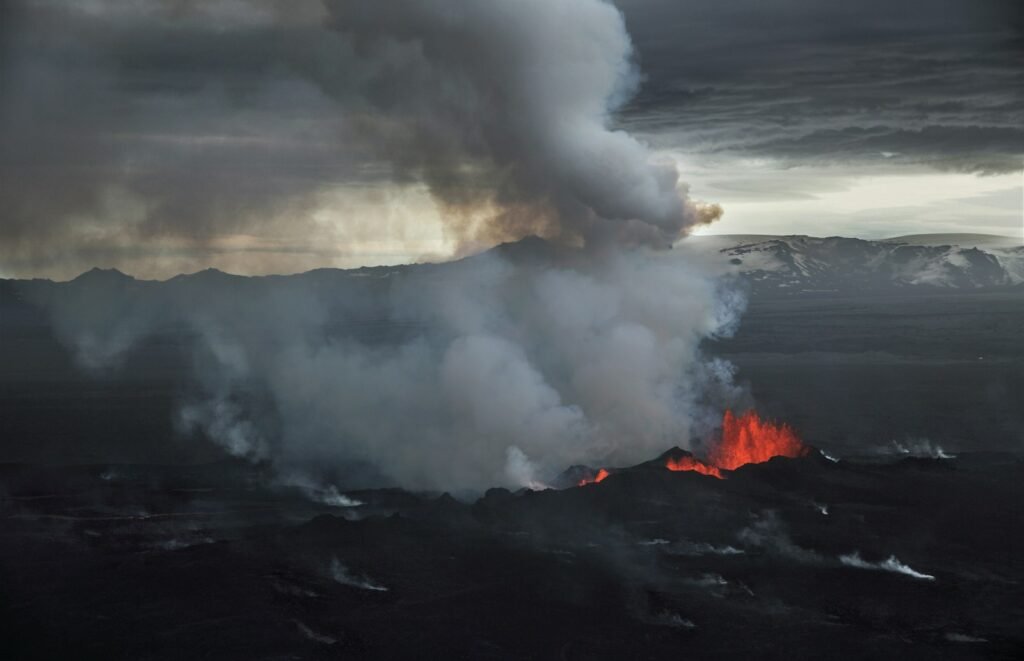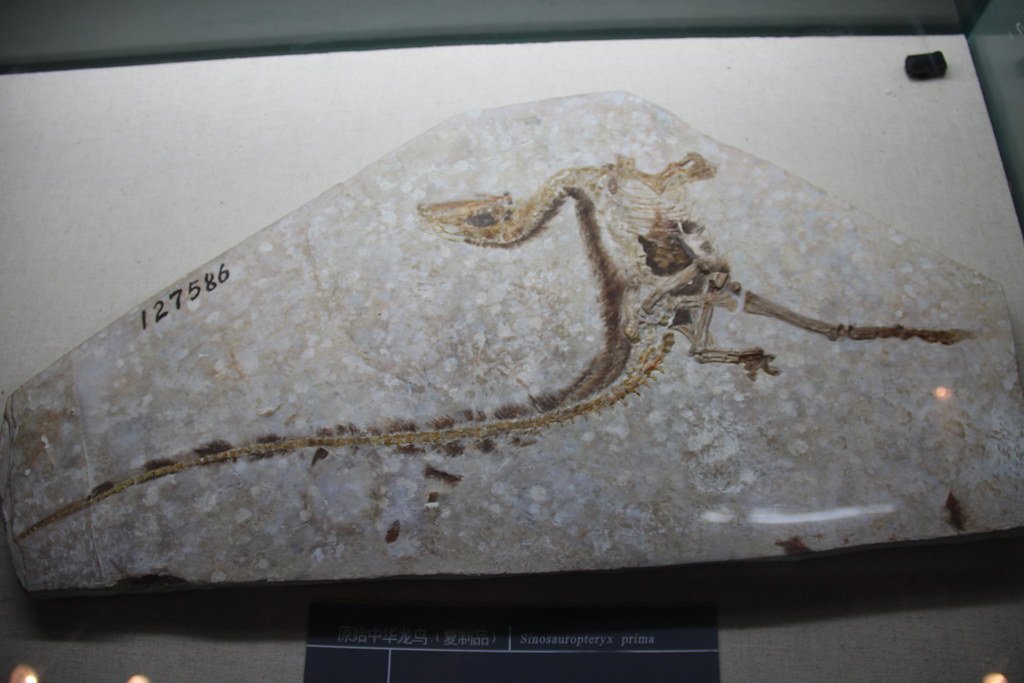Stand on the rim of a meteor crater and the world tilts – suddenly, deep time feels close enough to touch. Across the United States, scars from ancient impacts remain etched into bedrock, mesas, and quiet prairie, inviting us to read the story of violent cosmic encounters. These sites are not dusty relics; they’re living laboratories where new techniques keep rewriting what we know about our planet’s past and our future in space. From desert bowls to forested rings, each crater carries a very human subplot too – local towns, careful stewards, and field geologists piecing together the blast that once shook their ground.
Meteor Crater, Arizona
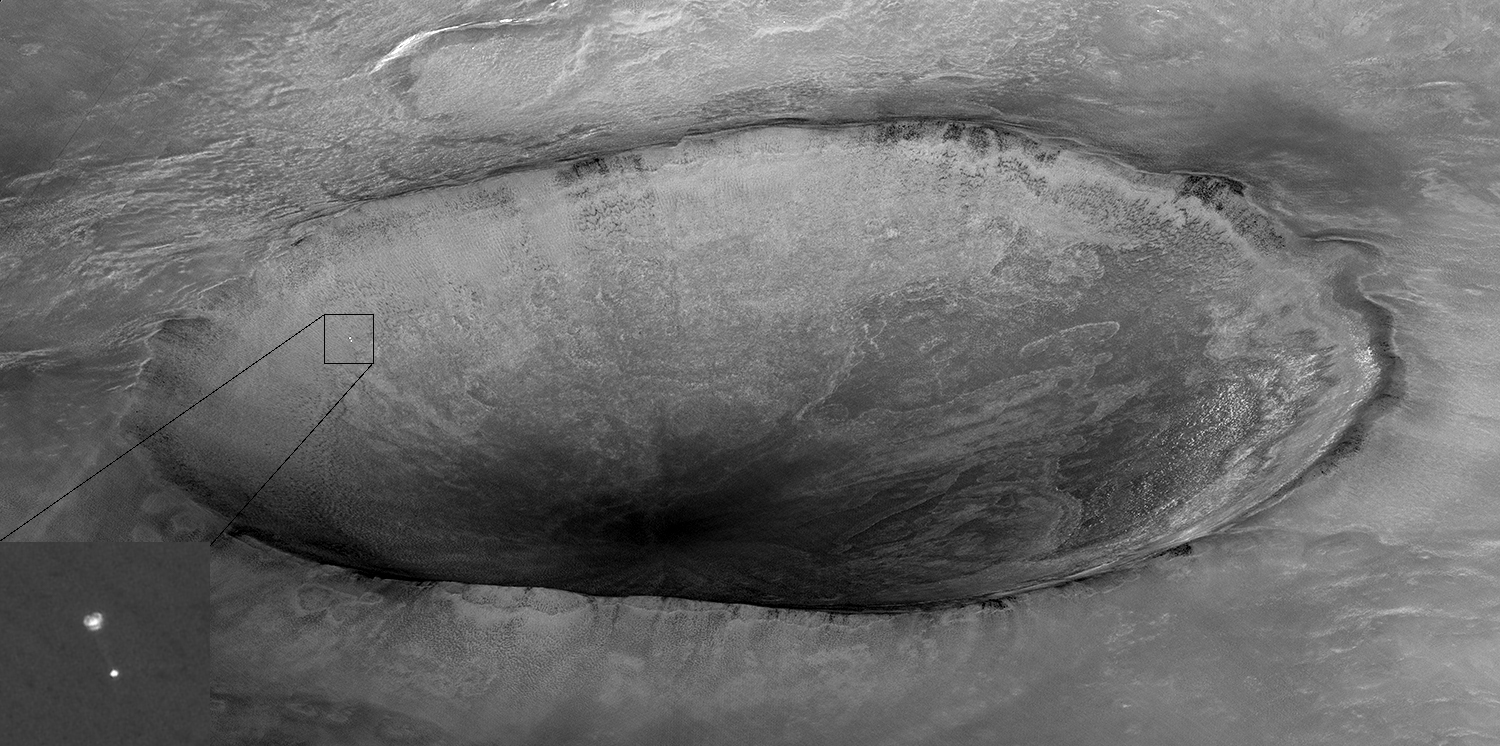
What does it feel like to stare into a near-perfect circle carved by a space rock? At Meteor Crater, east of Flagstaff, the view is all shock and symmetry – an amphitheater of shattered stone, steep walls, and wind that seems to narrate the moment of impact. The site is privately managed with a visitor center, making it one of the rare craters where you can simply buy a ticket, walk the rim, and see the geology unfold beneath your feet.
Scientifically, Meteor Crater is a textbook for impact processes: melt fragments, overturned strata, and a clean bowl that preserves the physics of a supersonic strike. The iron meteorite that formed it arrived relatively recently in geologic terms, giving researchers an unusually fresh record of ejecta and shock. For many visitors, the most surprising part isn’t the size but the clarity – like someone pressed pause on catastrophe so we could study it in daylight.
Upheaval Dome, Utah
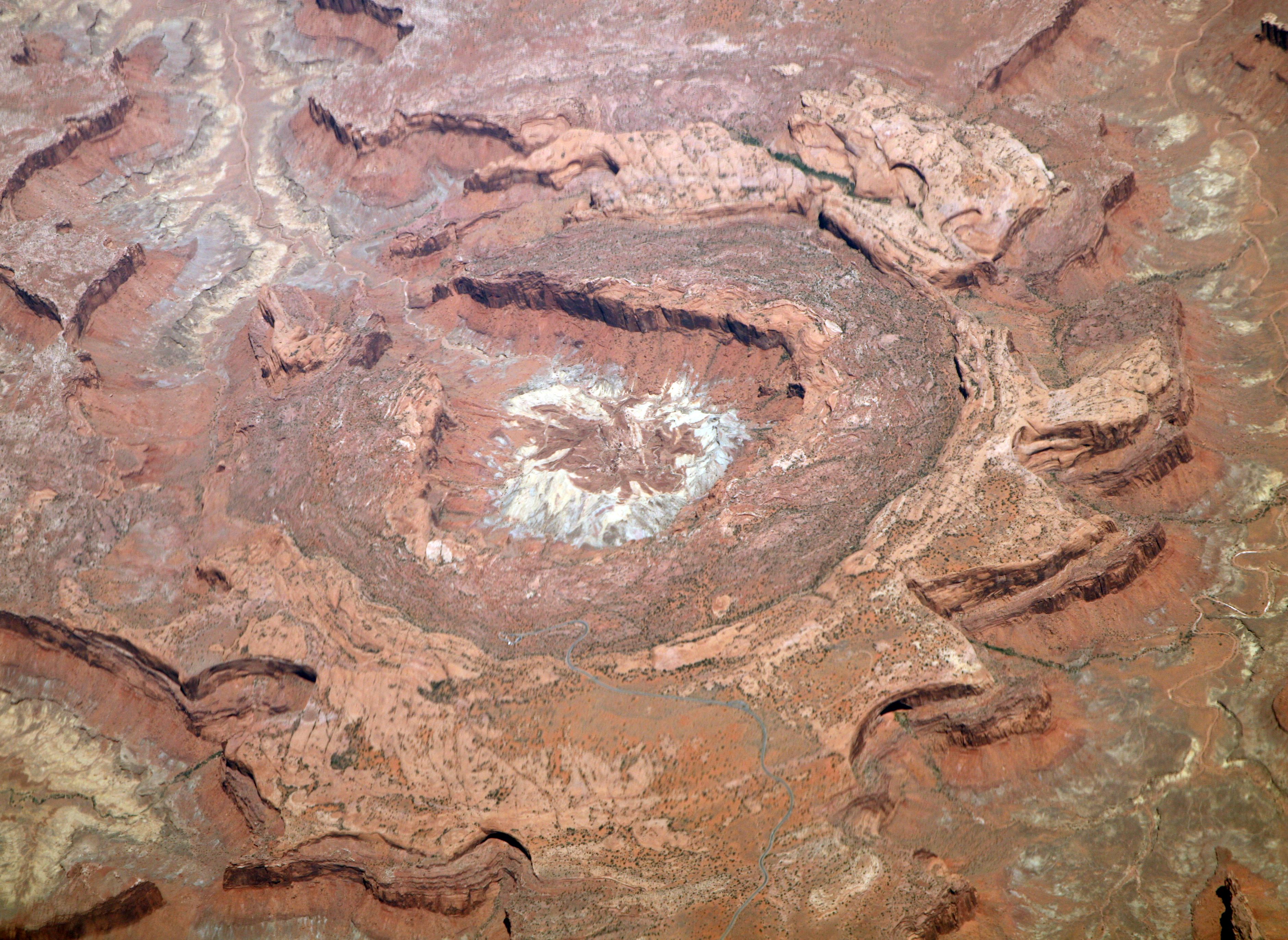
Hidden in the canyons of Canyonlands National Park, Upheaval Dome looks like a stone flower crushed in an invisible fist. For decades, geologists debated whether it was a collapsed salt dome or an impact structure, and the question turned the site into a detective story in the desert. Evidence for an impact – unique shock features in minerals and a raised central uplift – has tipped the scales, and the trails here double as an open-air classroom.
From the overlooks, you can trace concentric rings and imagine energy radiating through ancient rock like ripples through a drumhead. The beauty is not just scenic; it’s diagnostic, letting visitors see how impacts warp, fold, and refit layers. In a landscape famous for slow erosion, Upheaval Dome is a snapshot of sudden violence, preserved in sandstone and silence.
Odessa Meteor Crater, Texas
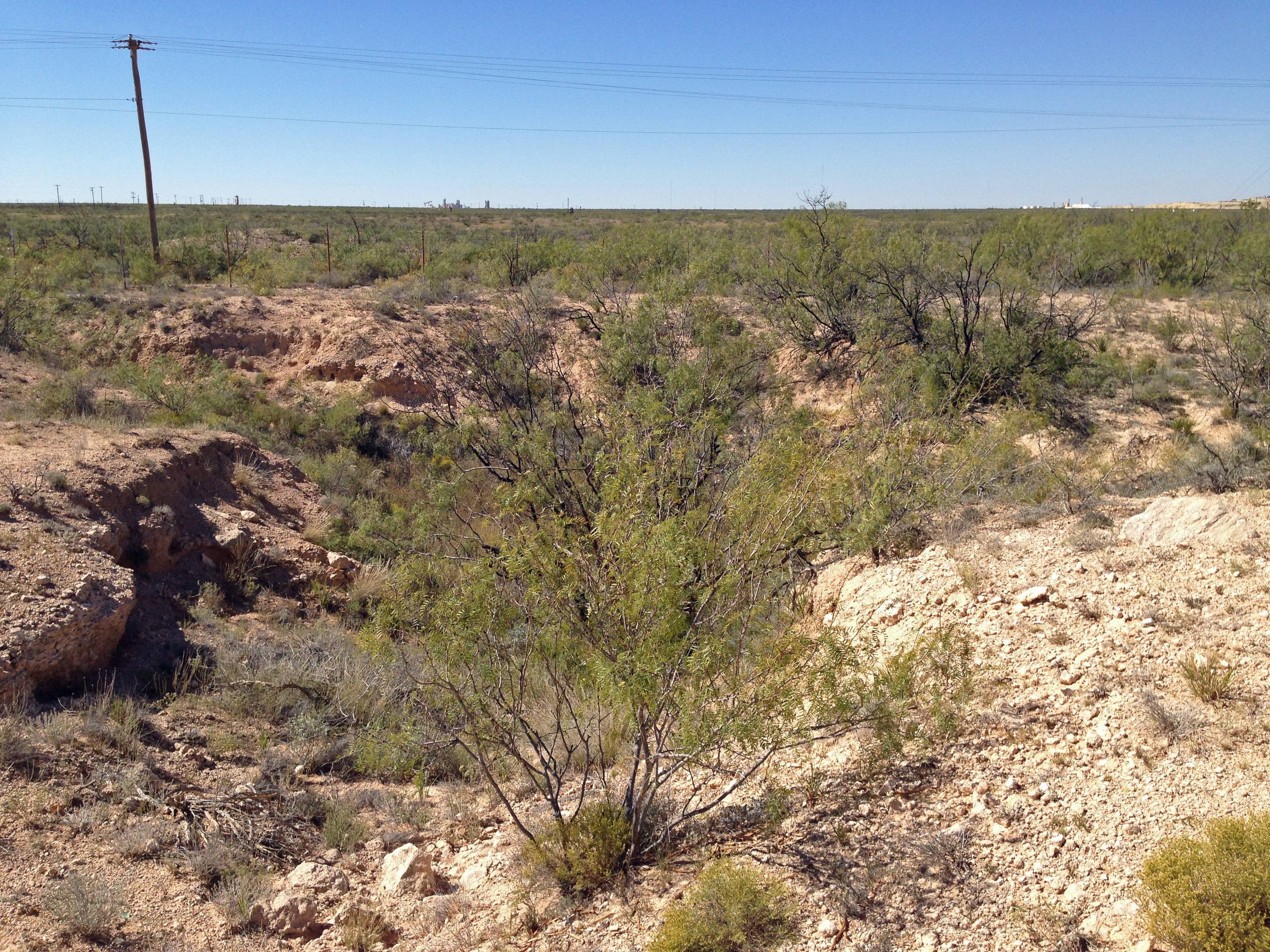
On the flat West Texas plains, Odessa doesn’t shout; it whispers. The main crater is shallow and weathered, but that’s part of its charm – this is what time does to an impact when wind and rain get the last vote. A small museum on site helps you interpret what you’re seeing, including the story of nearby smaller pits and the iron fragments that first drew attention here.
Odessa reminds us that most craters on Earth won’t look like sci‑fi movie sets. Instead, you learn to spot subtle clues: a circular depression, disturbed bedding, fragments of meteoritic iron. Stand quietly and you can almost sense the blast fading into climate and weather, the crater softening into the prairie as bison grass waves across the rim.
Wetumpka Impact Crater, Alabama

Drive into Wetumpka and the landscape rises gently into a ring – an eroded bull’s‑eye surrounding the town that locals call the astrobleme. The rim isn’t sharp like Arizona’s; it’s a broken, wooded arc that reveals its origins to patient eyes and good roadcuts. Community tours and regional maps help visitors trace the circle, connecting neighborhoods, ridges, and creeks that all make more sense once you see the impact beneath them.
Geologically, Wetumpka is a masterclass in how ancient craters hide in plain sight. Uplifted blocks, shattered bedrock, and the faint geometry of a rim persist despite millions of years of weathering. It’s also a story of place-making: a small city embracing the science under its feet, turning curiosity into stewardship.
Serpent Mound Disturbance, Ohio
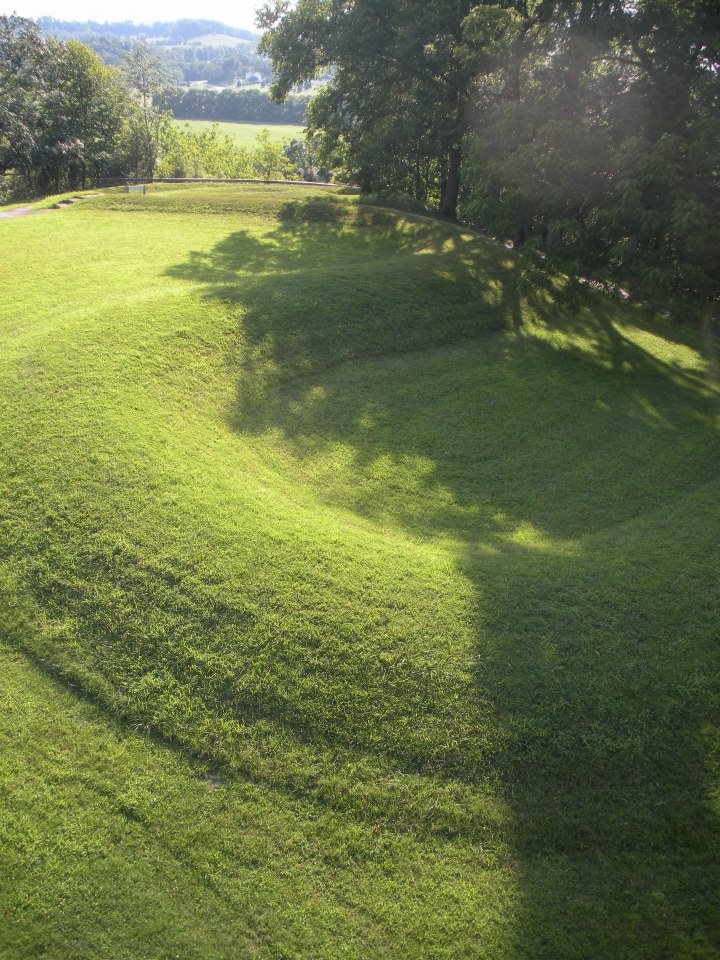
This corner of southern Ohio is famous for the serpentine earthwork built by Indigenous people, but the bedrock below tells its own, deeper story. The Serpent Mound Disturbance forms a circular zone of deformed rock – faults, tilts, and shocked features – that points to an ancient impact as the cause. You won’t find a clean bowl here; you’ll find evidence written in structure, best seen from overlooks, roadcuts, and geologic maps at the nearby interpretive center.
The juxtaposition is striking: a cultural marvel draped over a geologic wound. For visitors, it’s a chance to think in layers – human time atop planetary time – while learning how impacts can remodel entire regions without leaving a tidy rim. The lesson is quiet but profound: not all craters look like craters, yet their fingerprints are unmistakable to trained eyes.
Weaubleau Impact Structure, Missouri
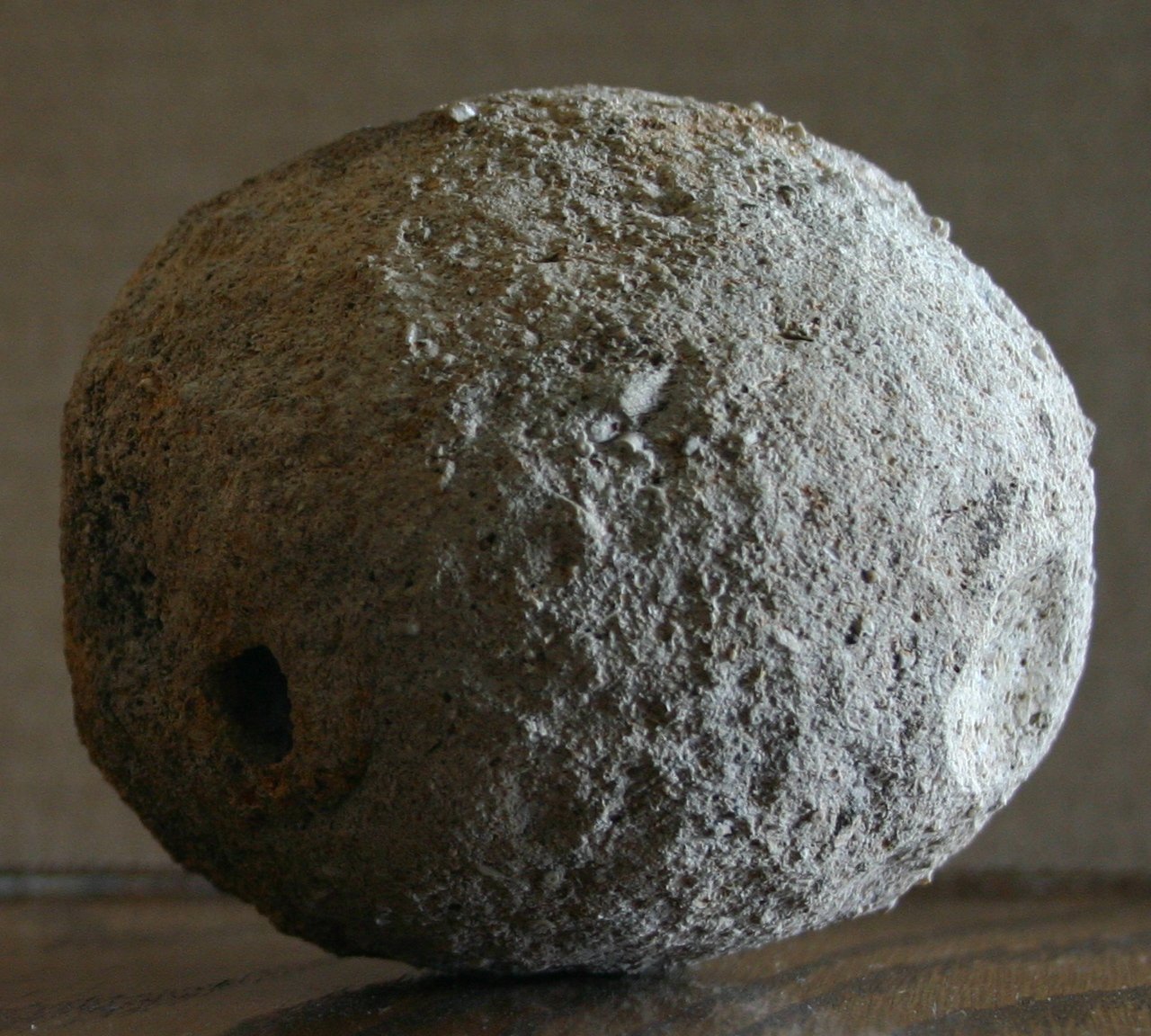
In the Ozarks, the Weaubleau structure announces itself with oddities – rounded chert nodules known locally as “eggs,” faulted hills, and streams that bend around an ancient ring. Much of the area is rural, and that makes the experience intimate: a roadside outcrop here, a curved ridge there, each hinting at a blast that turned bedrock into a chaotic jigsaw. Local museums and state geologic surveys have helped decode the pattern for travelers willing to slow down and look.
Weaubleau’s science is all about evidence chains. Impact breccias, shatter features, and the regional distribution of those distinctive nodules build a case that links small roadside clues to a big shock. It’s a satisfying kind of detective work where the landscape rewards patience more than a panoramic overlook ever could.
Santa Fe Impact Structure, New Mexico

Just outside Santa Fe’s historic core, foothill trails cut through outcrops that preserve the scars of an ancient collision. The “crater” is long eroded, but shatter cones and deformed layers reveal the split-second pressures that only an impact can deliver. Hikers pass these features daily, often without noticing that the rocks themselves remember a blast from deep time.
What makes Santa Fe compelling is how urban and geologic stories overlap. Trail signs and local field guides help visitors connect the dots between scenic scrambles and planetary processes. It’s a reminder that cosmic history doesn’t just live in remote deserts; sometimes it runs along the same switchbacks where you stop to catch your breath and watch the sunset.
How to get involved: Visit responsibly by staying on marked trails and respecting private lands; support local museums and park programs that maintain signage and access; and follow reputable sky‑watching and planetary defense projects that track near‑Earth objects and fund crater research. Take a field notebook or a phone camera, sketch what you see, and compare it with geologic maps to train your eye for rings, uplifts, and breccias. If you want to go further, volunteer for community science efforts that document rock outcrops, or donate to organizations that preserve open space around key sites so future visitors can keep learning from the land. Curiosity is the spark; careful stewardship is the engine. Ready to read the next story written in stone?

Suhail Ahmed is a passionate digital professional and nature enthusiast with over 8 years of experience in content strategy, SEO, web development, and digital operations. Alongside his freelance journey, Suhail actively contributes to nature and wildlife platforms like Discover Wildlife, where he channels his curiosity for the planet into engaging, educational storytelling.
With a strong background in managing digital ecosystems — from ecommerce stores and WordPress websites to social media and automation — Suhail merges technical precision with creative insight. His content reflects a rare balance: SEO-friendly yet deeply human, data-informed yet emotionally resonant.
Driven by a love for discovery and storytelling, Suhail believes in using digital platforms to amplify causes that matter — especially those protecting Earth’s biodiversity and inspiring sustainable living. Whether he’s managing online projects or crafting wildlife content, his goal remains the same: to inform, inspire, and leave a positive digital footprint.


